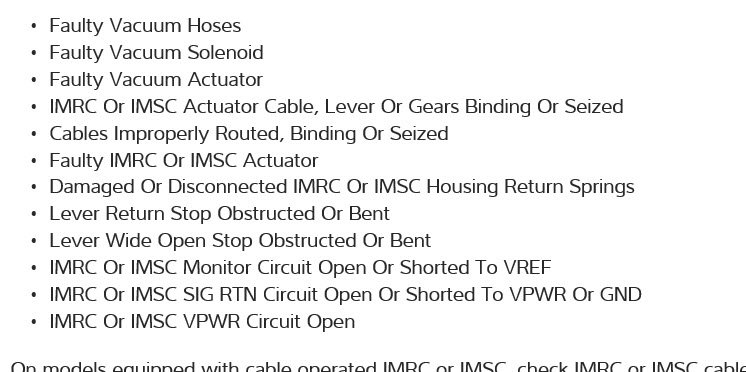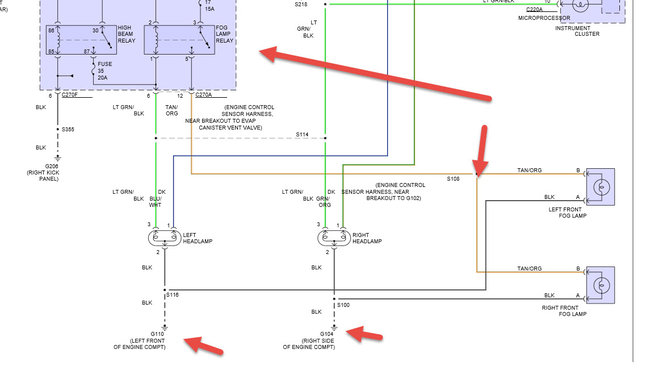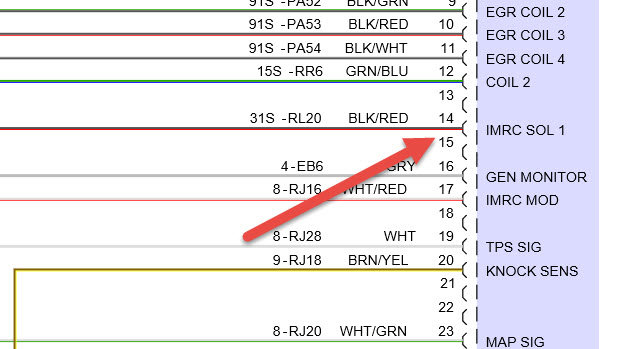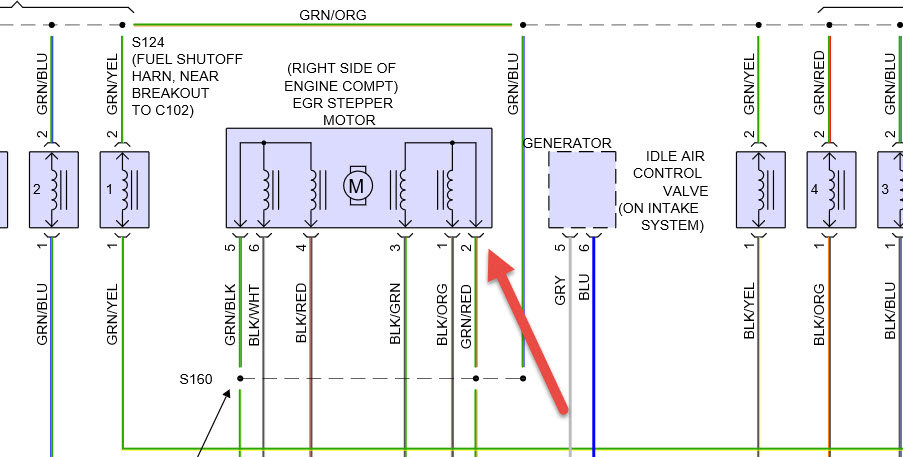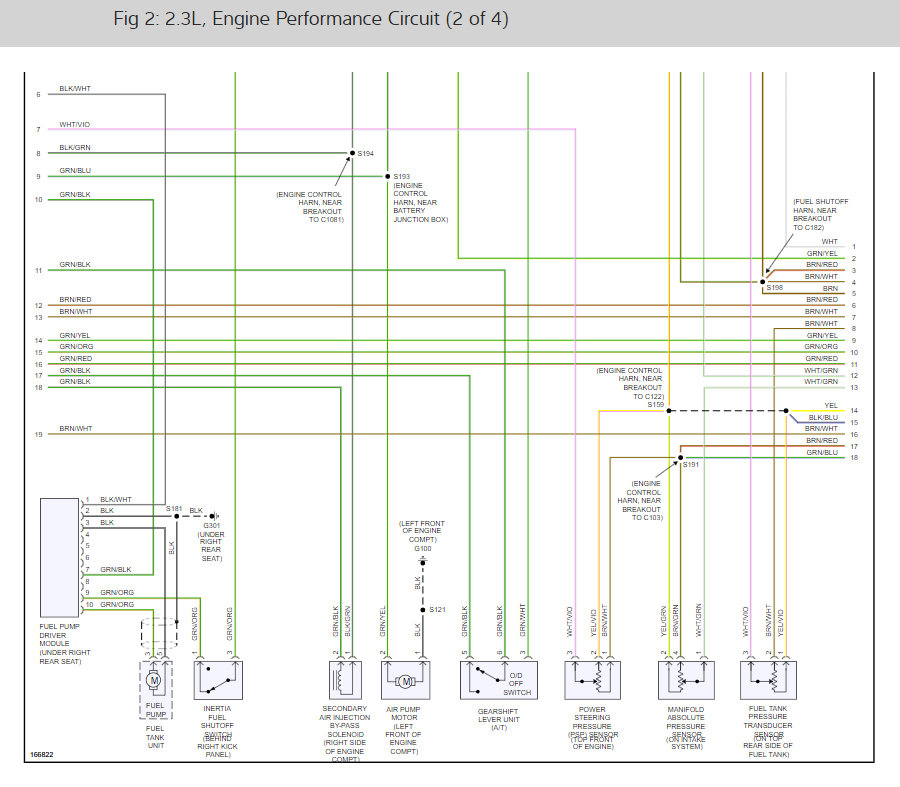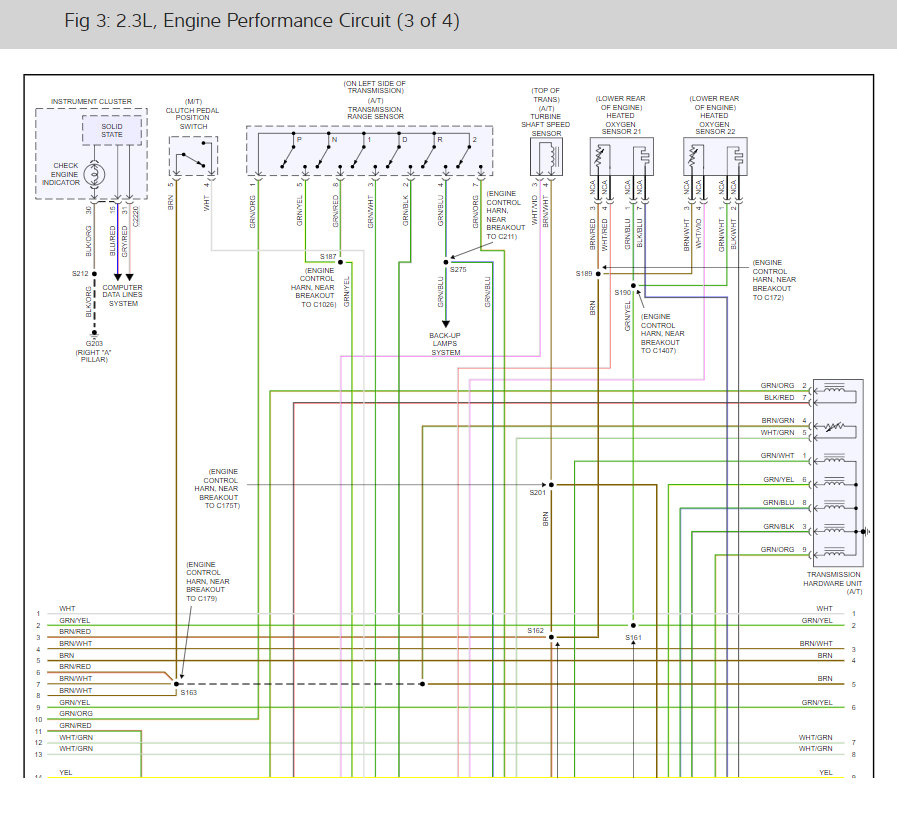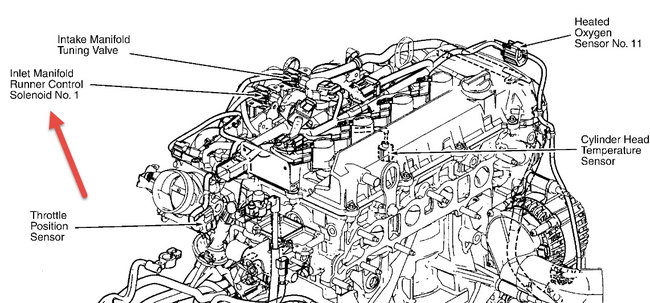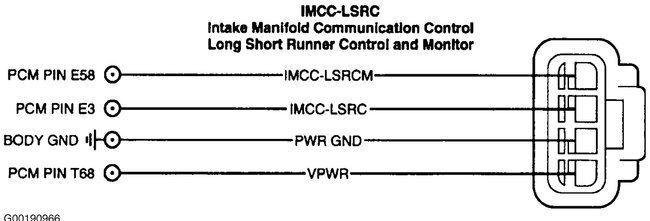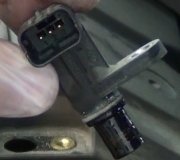Friday, April 1st, 2016 AT 2:06 PM
Well I have got this focus running good I put some new coils and plugs and it did the trick, but I am still stuck with this P2004 code, I still don't have the money to have it put on a diagnostic machine and this car has no current tags. I would appreciate any help I can get, so there is nothing wrong with the solenoids, I swapped them and when you put the IMTV solenoid and this is the one that works it does the same as the IMRC does and I put vacuum to both actuators and they hold vacuum the IMRC solenoid is not letting vacuum through it is getting vacuum just not coming through. You think I should take the intake off and take a look at the flappers, I figured I should have done that first I don't want to take it off for nothing, you think the position sensor in the actuator is bad I know it could be the signal circuit shorted to power ground or signal return, but I don't know how to do that.I hope some one can help me please.
